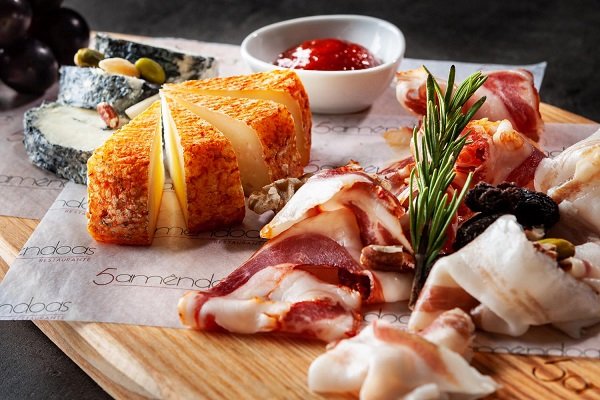Recently Rick Steves advocated for dropping the "bucket list” of following the crowds and instead enjoying Europe as a "temporary European.” That works well in Portugal. The Portuguese tend not to ride the #28 trolley, eat in touristy areas, or wait in line to see their own monuments. So, where do the Portuguese head to spend a long weekend, enjoy the beach and see wonderful moments? That would be the Alentejo. This fits right in with what Rick Steves is talking about when he wrote: Learning about, understanding, and accepting Europe on Europe's terms. Trying in other ways of being, for just a little while, to see how they fit. I sometimes call this being a "cultural chameleon.”
The Portuguese see the Alentejo Region as its own place because it has its own dialect, musical tradition, landscapes and architecture. Just an hour’s drive from Lisbon, the Alentejo is one-third of the mainland--extending from the southern bank of the Tejo River to the mountains of the Algarve. On the western coast of the Alentejo, the beaches are wild and rugged. Despite its size, the Alentejo’s population is small. The region enjoys mild winter weather. Pottery and tapestry rugs are the local handicrafts. Everywhere the landscape gives up traces of cultures which once tried to conquer ancient Portugal--the Arabs, the Romans, and the Carthaginians.
Enjoy wine like a Portuguese
The truth is Portuguese don’t drink a lot of Porto. It’s nice, but they see it as an export product. What they like is red wine, and they like to enjoy it with friends. In fact, on average, Portuguese consume two bottles of wine per week, mostly with meals, per capita. But, what wine to pick? Wine costs a lot less in Portugal, and good quality wines are found in markets and local wine shops. But Portuguese like to see where their wine comes from.
The Alentejo produced nearly half of Portugal’s wines. With dry, warm summers you get some robust reds and crisp whites from the Alentejo’s eight sub-regions. Stop by the many wineries and explore! Check out the Alentejo Wine Route, and stop in at wineries such as Quinta do Mouro, Herdade do Freixo, Herdade do Rocim, Cartuxa - Quinta de Valbom, and the Herdade da Rocha.
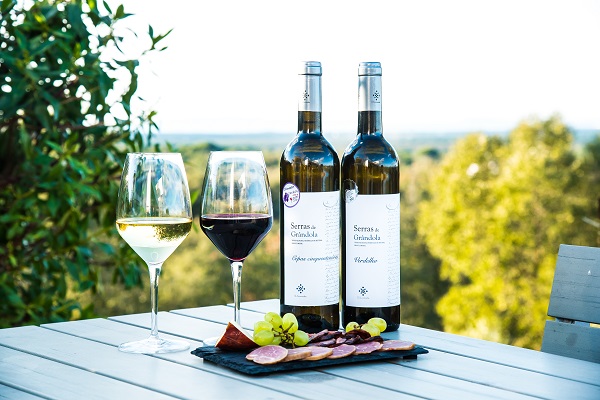
Taste olive oil like a local
Olive oil tasting in the Alentejo is an activity that many locals enjoy. Olive trees have been grown in the Alentejo for thousands of years and the oil produced here is of the highest quality. And you can also visit olive groves to learn about the process by which olives are turned into oil.
You too can learn the story of the small olive oil producer in an old growth olive grove with more where some trees date back 2,000 years.
Here new technologies of harvesting olives mix with a timeless respect for the land, and the product is an oil that is a beneficial natural product. To the Portuguese olive oil is a condiment, not just an oil. They put it on everything from veggies to fish, and to add flavor to recipes and salads.
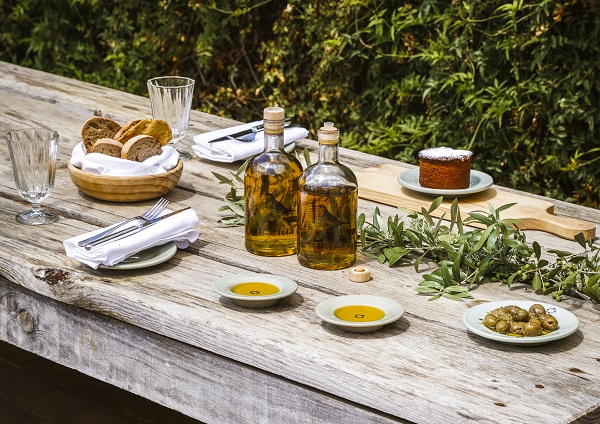
Enjoy Portuguese coffee
A Portuguese coffee may look like an "espresso,” but it has evolved from that. The Portuguese have a huge sweet tooth: They love pastry. What does this have to do with Portuguese coffee? Portuguese roasters select the best beans from Africa, Asia, and Brazil, and then roast them with a touch of sugar. The beans are not burned or oily. They are rich with a hint of caramel, and a bit creamy. Then, the bica is always served with an extra size pack of sugar. And what does bica mean? Well, some say that it came from "Beba isso com açúcar,” or drink it with sugar, a sign that was posted in the 19th century A Brasileira Café in Lisbon to help patrons enjoy the new drink. So, order coffee like a Portuguese: Ask for a meia de leite and get half coffee, half steamed milk (without the foam). Or for breakfast try a galão, a hot coffee-milk drink served in a tall glass. And what is Portugal’s favorite coffee? Delta, based in Campo Maior - in the Alentejo.
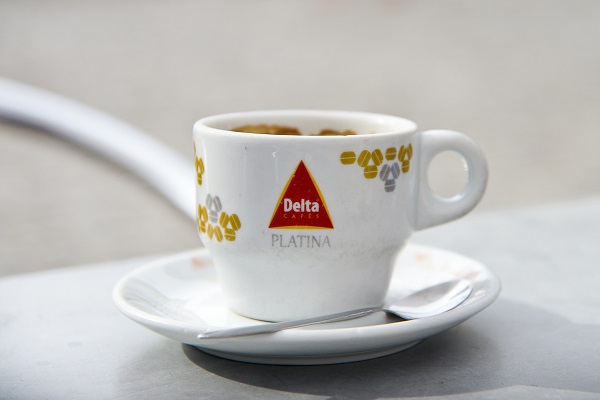
Skip the lines and see these amazing places that the locals love
No lines, amazing monuments, open squares and a view of the past….
The fortified city Beja was the setting for a famous love story: A young twenty-six-year-old nun, the daughter of a rich nobleman, fell in love with and then was abandoned by a French officer. Her passionate letters to him, published in 1669, took Paris by storm and incited a turn in world literature that inspired generations of artists including Braque, Modigliani and Elizabeth Barret Browning.
Author Myriam Cyr’s "Letters of a Portuguese Nun” is the perfect book for a walk through the city, providing a rich historical context that brings the lovers and Portugal’s fabulous history to life. The L.A. Times said, "The story is good enough to keep a girl home from the movies.” It will leave you wanting to book the next flight out to Portugal, Europe’s most romantic country. Called Pax Julia by the Romans, Beja oversees the vast southern plains of the Alentejo. The old city walls still feature ancient Roman arches and signs of the Arab past. The convent of Conceição where Mariana lived now houses the regional museum where one can see lavish interiors of 16th century rococo style and 17th and 18th century gilded woodwork. The town’s castle tower built on a Roman foundation provides sweeping views of the Montados.
Located in the São Mamede foothills close to the border with Spain, Portalegre was a vital point of defense for centuries. Two monumental churches, the Convents of São Francisco and Santa Clara date to the period of Portugal’s foundation. The prosperous city grew into the 16th century when it gained its own Diocese and a new Cathedral. By the 17th and 18th centuries Baroque palaces and churches rose up around the growing city. Many fine palaces still feature the coats of arms of the noble who lived in them.
Portalegre is still known of its fine tapestries, still made by the Manufactura de Tapeçarias de Portalegre and on display at the Tapeçaria de Portalegre Guy Fino Museum that highlights the city's weaving accomplishments. And, not far away is the José Régio Museum House, home to the city’s most beloved poet.
Located in the heart of the fertile Tejo River Valley, Santarém is a city of both great food and monuments. In1981 the first National Culinary Festival was held here, and each fall, Santarém still hosts the best restaurants in Portugal, who serve up traditional specialties of their region. It is like traveling the whole country in one place. One of the best ways of discovering Santarém is during the events that serve to highlight some of the region's best features. In June, there is the National Agricultural Fair, where agricultural produce and instruments are displayed and a cattle market is held. October is the month when the National Gastronomy Festival is held, the main culinary fair in Portugal. These events are complemented by exhibitions of handicraft and folklore from all over the country.
Set high above the plains Santarém is a city still in its walls, and is called the Portuguese Gothic Capital for its abundance of Gothic architecture. It is a city of squares, parks, and vistas. The Roman name for Santarém was Scalabis. From the 8th century onwards, Arabs strengthened the city's defenses, and the city name was Chanterein. In 1147, King D. Afonso Henriques took the city.
Santarém was to become one of the favorite cities of the Portuguese kings, and during the Middle Ages, trading led to the economic development of the city, as can be seen in its many grand monuments and buildings. Santarém was a royal residence and the capital of the kingdom of Portugal (1325-57), and, until the 15th century, it was frequently the meeting place of the Portuguese parliament called the Cortes.
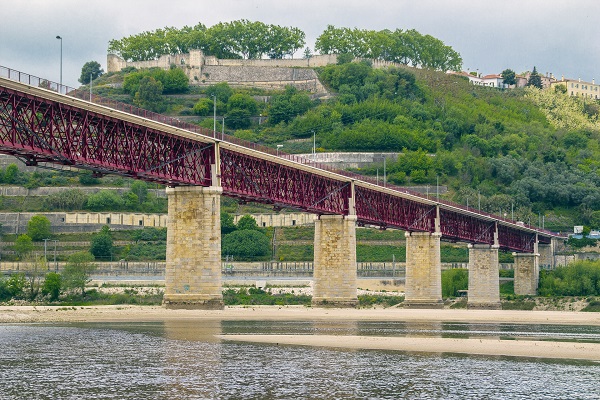

The Costa Vincentina is where the locals go to the beach
From Sines, on the Alentejo Coast, to Sagres, locals know the best beaches on the Costa Vicentina as the place to relax and escape crowds. The Costa Vicentina beaches in the region are part of the Parque Natural do Sudoeste Alentejano e Costa Vicentina. The Costa Vicentina is a wonder, dotted with open and wild beaches with a personality of its own, which is revealed in landscapes of dune, cliffs and big skies. There are sandy, deserted beaches here, with good waves to surf or with natural pools to explore. Here the Portuguese come to find that empty beach to enjoy. Fine beaches are surrounded by high cliffs, a mild climate with maritime influence in a coastline that is one of the best preserved in Europe punctuated by small villages, local eateries and a few ancient forts.
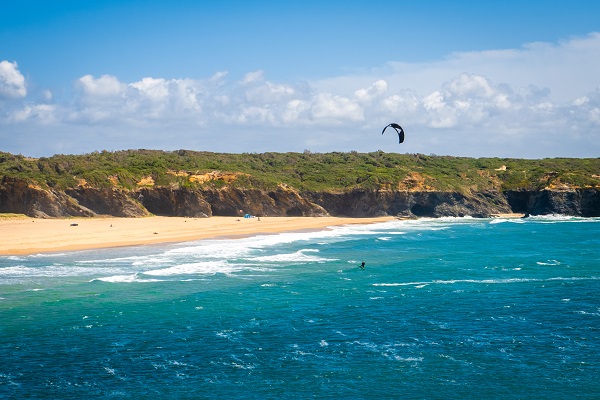
Eat like a Portuguese
No, Portugal is not all natas and grilled chicken. In fact, Portuguese food is very regional and based on fresh, local ingredients. To eat like a Portuguese, you need to look for the dish of the day — what is in season, and skip any place that caters to tourists. For example, in the Alentejo, the main ingredients grow near the cork forests and near the streams or else they are cultivated in gardens and fields and then simply harvested or prepared with traditional techniques. Look for coriander, mint, olive oil, garlic and bay. A Portuguese likes a good soup to start, followed by a main course, after the dish of the day, followed by a local dessert and coffee. Add it to olives, bread, cheese, and sausage. Take up to 2 hours to enjoy a meal with friends, and now you are eating like a Portuguese!
